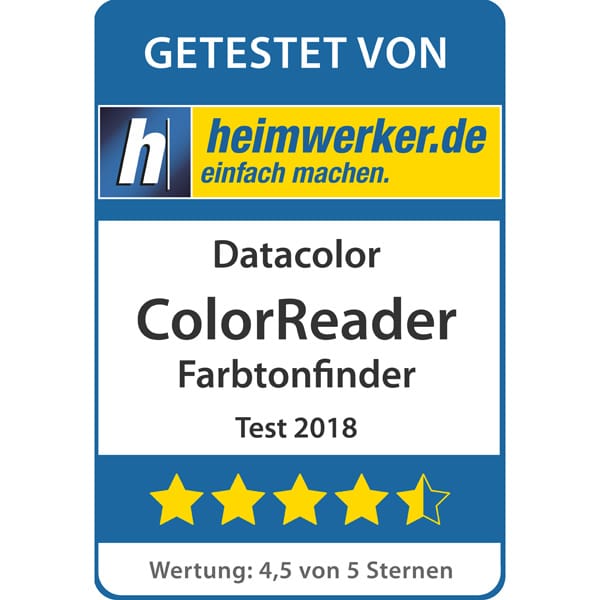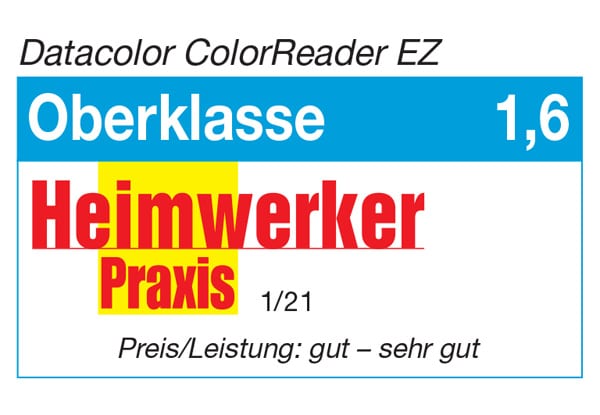© 2025 Datacolor All Rights Reserved.
Close
Buy Now, Pay Later with Shop Pay
Choose Shop Pay at checkout and pay in 4 interest-free installments on orders between $50 and $3,000.*
- Interest free
- No late fees
- No hidden fees
- No impact on your credit score
- No surprises
How it Works:
- Choose Shop Pay at checkout
- Pay in 4 interest-free installments
- Your card will be billed every 2 weeks
- It’s as easy as that!
Shop Pay installments in partnership with
* Payment options are offered by Affirm and are subject to eligibility check and might not be available in all states. California residents: Affirm Loan Services, LLC is licensed by the Department of Business Oversight. Loans are made or arranged pursuant to California Financing Law license.
Close
Shipping charge and method
United States and Canada
- Flat-rate fee of $5.95 (USD*) on all orders
- Standard 3–5 day shipping
*Canada shipping charges will be based on current currency conversion rates










7 Simple Tips for Painting Your Home’s Exterior
Paint can do wonders for freshening up the interior of your home. It can do the same for your home’s exterior as well. Whether you’re thinking about adding a pop of color to your front door, adding some curb appeal by revitalizing your shutters and trim or doing a complete makeover with a whole house repaint, here are some helpful tips to keep in mind.
1. General Color Tips for Outdoor Paint
Natural light is bright, even in the most cloudy, northern climates. Due to the makeup of paint, exterior colors can look more intense outside, particularly if they are hues that are “purer” (not complex and grayed down with the addition of other colors) and/or contain a lot of white (titanium oxide). That’s why a pale light blue that looks soft when viewed indoors can look surprisingly, sometimes glowingly bright when viewed outside. An old painters’ trick is to view a paint color chip against solid black paper outdoors to get a sense of how intense a color could appear. The challenge of course, is the scale. What may be visually pleasing on a small swatch can appear quite different when applied to an entire house.
ColorReader EZ Tip: Use the versatile ColorReader EZ app to explore digital paint color fan decks. You can see how bright/intense a color looks relative to other shades and tints of the same hue. Then you can click onto a color and find its coordinating color schemes (Complementary, Triad, Analogous and Monochromatic) to see which colors coordinate and how bright/intense they are. This feature is also a great way to figure out a whole-house color scheme in seconds!
2. Geographic Location
Color is a function of light, so it makes sense that colors that look good in the bright Miami sun may be too intense for a New York suburb and the inverse is true – subtler colors that work well in lower-light northern areas can look washed out in sunnier southern locales.
Take a look around your neighborhood to scope out color palettes that work in your location (neutrals, brights, traditional, etc.) to get an idea of general color direction.
ColorReader EZ Tip: Friendly with the neighbors? Ask if you could scan elements of their homes’ colors you like (siding, trim, shutters, doors) then save your matches to create your own color palette schemes as well as explore coordinating colors.
3. House Size and Site Scale
Is your house situated in a spacious rural area? A bustling city block? A sprawling suburb? And what about its size? Is it grand? Cozy? Something in between? Is it similar in size to surrounding homes or different?
Generally speaking, the larger the home and/or closer in proximity to other homes, the less dramatic the colors you should consider. A large modern home in an airy open lot can look striking painted a deep charcoal. Put that same house in a more developed setting and it could look dark and foreboding among its closer, neighboring dwellings. There are exceptions of course (think of the brightly-hued closely structured row houses in San Francisco) which is why scoping out your particular neighborhood, as we mentioned before, can be helpful.
ColorReader EZ Tip: Find a color match you like or explore the digital fan deck on the app via your phone to pick a color then tap on Coordinate Colors to explore color schemes (there’s even a handy overview defining Complementary, Triad, Analogous and Monochromatic palettes). Quick hint: Analogous and Monochromatic schemes are typically “quieter” while Complementary and Triad are more “energetic.”
4. Architectural Home Style
What is your home’s architectural style? A quick internet search can get you started with some tried-and-true color palette ideas for your place, whether it’s Classic Colonial, Mid-century Modern, Arts & Crafts, Adobe or Painted Lady Victorian.
ColorReader EZ Tip: The ColorReader EZ app comes loaded with the digital color fan decks of the most popular paint brands, some of which include classic and historic color palettes to further simplify your color search.
5. Architectural Details
If you want to highlight attractive architectural details of your home like handcrafted millwork or beautiful trim, do it with color. It can be a subtle shift in shade (deeper or lighter than your house’s base color) or crisply contrasting (think modern farmhouse with its stark black window trim against a white house body). Shutters and window trim can be a place to introduce more saturated color while your front door can be a great feature to invite strong, brighter hues. Try to limit your exterior home color palette to no more than 3-4 colors, depending on the amount of details of your home; the overall house color, trim/shutters and front door.
ColorReader EZ Tip: Don’t have the resources for a whole house repaint? Don’t underestimate the impact switching up your window trim or shutter colors can have, or even just your front door. Use your ColorReader EZ to scan your house color and tap your match to find coordinating colors, whether you’re looking for a subtle color shift or a real pop of color.
6. Existing Exterior Elements
An easy way to create a pulled-together look for your home is to look to existing elements like your roof, foundation, walkway, driveway, stone walls, brick or stone façade for color cues.
ColorReader EZ Tip: Scan a solid color from one of these existing elements of your home (note: the smoother and flatter the surface, the better for a more accurate color reading) to get its paint color match. You can tap on to your color match to find coordinating colors to explore, as well.
7. Your Home’s Landscaping
Is your landscaping soft and flowing? Formal and precise? Minimal or non-existent? These are more aspects to consider when choosing exterior paint colors based on aesthetic style. If your home landscape is unstructured and natural, you may want to choose soft, organic hues that give your home a subtle, integrated look. With a more formal landscape, you could look into a crisper color palette for a more defined look for your home that balances out a highly structured exterior landscape. If your lot is deeply wooded and shady, note that colors will appear darker than they would in a sunnier site.
ColorReader EZ Tip: Look to your plantings for color inspiration! Take a leaf or flower petal that has a color you like, place it on a hard, flat surface to get an accurate color scan with your ColorReader EZ and find its paint color match. Consider using these color matches to paint your trim or doors as well as other decorative elements such as window boxes, planters, railings – anything!
Related Posts
Datacolor’s ColorReader in use at Midvinter Woodworks – Professional carpenter from Berlin/Germany
DIY forest glade in a children’s room – from color concept to harmonious interior design
DIY Kitchen Project with ColorReader